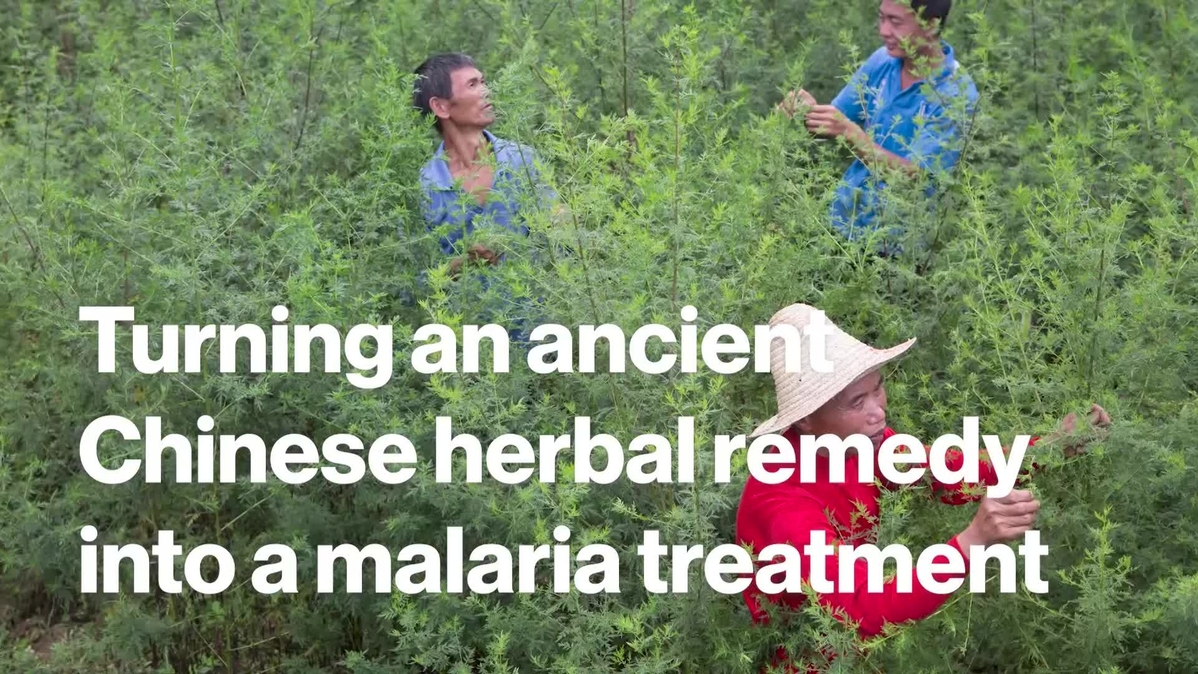
Who would have thought that an ancient Chinese herbal remedy would one day become the panacea for malaria? Sweet wormwood (Artemisia annua) was indeed used in traditional Chinese medicine for more than 2 000 years to treat fevers. However, it was not until the 1970s that a team of Chinese scientists discovered that the artemisinin contained in its leaves cleared malaria parasites. Today, artemisinin is the cornerstone of artemisinin-based combination therapies (ACTs), which have become the standard of care in malaria treatment.
In many ways, this discovery kicked off an extraordinary partnership journey. It started a groundbreaking collaboration between Novartis and Chinese partners to develop, test and manufacture the first fixed-dose ACT. It also marked an exceptional manufacturing scale-up for the company, from 200,000 antimalarial treatments in 2001 to 100 million in 2011. This 500-fold production increase was unprecedented in drug production. Further, it led to a landmark agreement with the World Health Organization (WHO) to supply the drug to the public sector in malaria-endemic countries without profit.
Stepping up the fight through partnerships
None of this would have been possible without funders and partners to support at every step of the way, from Research & Development (R&D), sourcing and production, access, distribution through to capacity building on the ground.
According to David Reddy, CEO of Medicines for Malaria Venture (MMV), which co-developed the child-friendly formulation with Novartis, “partnerships have been the biggest contributor to the fight against malaria in the past two decades. It has taken all of us, from community healthcare workers to national malaria control programs, from non-profits to industry, from local governments to global funders, to work together.”
Thanks to these concerted efforts, and the large-scale deployment of innovative insecticides, bed nets, rapid diagnostic tests, treatments, and other malaria control strategies, the WHO estimates that 1.5 billion malaria cases have been averted and 7.6 million lives saved since 2000
Partners have also been crucial in building the capacity of healthcare systems across Africa – which bears 94% of the malaria burden in the world – to better prevent, diagnose and treat the disease.
Watch four videos from our partners and colleagues.



